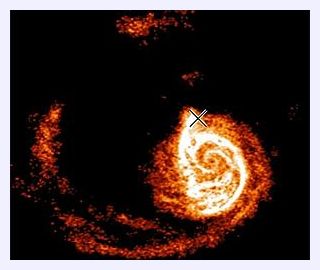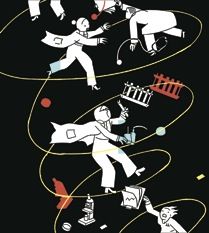
© Brian Zelinski
"Dolphins off the bow!"
I race to the front of the
WeatherBird II, a research vessel owned by the University of South Florida. There they are, doing their sleek silvery thing, weaving between translucent waves, disappearing under the boat, reappearing in perfect formation on the other side.
After taking my fill of phone video (and very pleased not to have dropped the device into the Gulf of Mexico), I bump into Gregory Ellis, one of the junior scientists aboard.
"Did you see them?" I ask excitedly.
"You mean the charismatic megafauna?" he sneers. "I'll pass."
Ouch. Here I was thinking everyone loves dolphins, especially oceanographers. But it turns out that these particular marine scientists have issues with dolphins. And sea turtles. And pelicans. It's not that they don't like them (a few of the grad students took Flipper pictures of their own). It's just that the charismatic megafauna tend to upstage the decidedly less charismatic creatures under their microscopes. Like the bacteria and phytoplankton that live in the water column, for instance, or 500-year-old coral and the tube worms that burrow next to them, or impossibly small squid the size of a child's fingernail.
Normally these academics would be fine without our fascination. They weren't looking for glory when they decided to study organisms most people either can't see or wish they hadn't. But when the
Deepwater Horizon exploded in April 2010, our collective bias toward cute big creatures started to matter a great deal. That's because the instant the spill-cam was switched off and it became clear that there would be no immediate mass die-offs among dolphins and pelicans, at least not on the scale of the Exxon
Valdez spill deaths, most of us were pretty much on to the next telegenic disaster. (Chilean miners down a hole - and they've got video diaries? Tell us more!)


